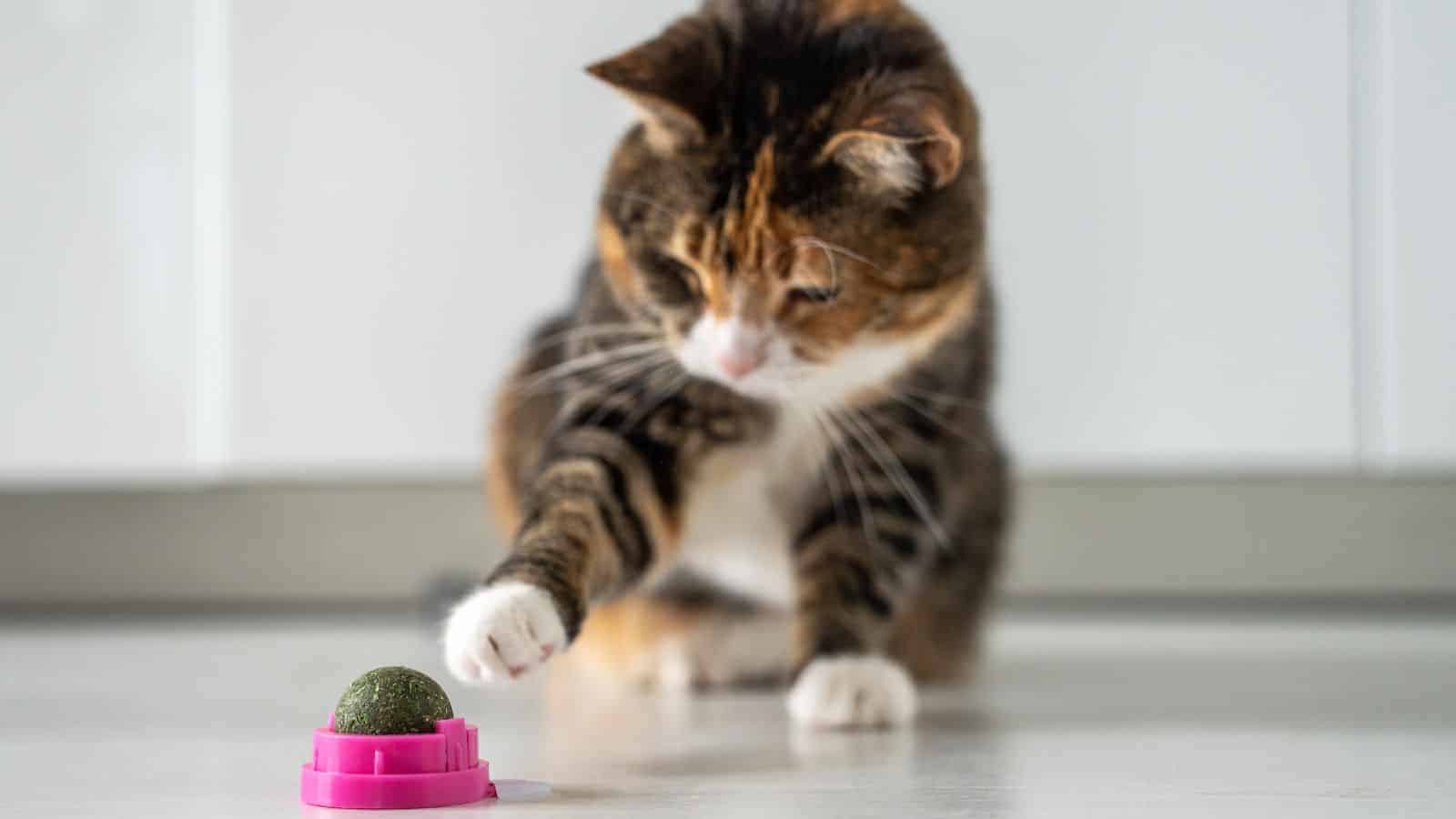It can be hard to read our feline friends and know what’s going through their heads, but these 10 signs will help you spot illness, changes in emotions, and injury in your cat. From how they act around the house to the level of noise they make, your cat’s behavior is a great indicator of their physical and mental health.
Changes in Litter Box Habits

According to Hill’s Pet Nutrition, cats who aren’t using their litter box could be “suffering from a health issue, such as feline lower urinary tract disease (FLUTD), bacterial cystitis, kidney failure, liver disease, or diabetes.” Be sure to look out for crying or straining when they are using their litter box, as this could indicate constipation or urinary issues.
Changes in Sleeping Patterns

Cats who begin to sleep more or less than usual could be in pain or experiencing illness, or it could be a response to a change in their routine or environment. If they seem to be finding it difficult to settle down, they could be in pain or discomfort, or they may be experiencing anxiety.
Changes in Their Play

If your cat loves to play, but you’ve noticed a few changes, it could indicate a number of things. If they become more vocal during play, they may be more excited, but they could also be frustrated. Cats who become aggressive during play may be fearful or overstimulated.
Unusual Reaction to Touch

Reacting negatively to being petted or handled might indicate that the cat is in pain, discomfort, or feeling fearful. If a cat is avoiding contact altogether, it might be stressed or experiencing an illness. Finally, a cat who shows signs of discomfort when touched might have health issues, such as arthritis or an injury.
Appetite Changes

Increased or decreased food consumption may be indicative of dental issues, gastrointestinal problems, or metabolic disorders. According to Purina, “While fussiness may be a factor, it’s unlikely that a cat will refuse food for a prolonged period of time solely due to this. Other causes include dental disease, other painful oral conditions, stress, and underlying illnesses and infections.”
Excessive Drooling or Panting

Excessive drooling while resting or being petted might show that your cat has dental issues, nausea, or pain in their mouth. If they begin to pant without exercise or in cool environments, this could signal stress, pain, or respiratory issues.
Increased Agitation or Irritability

If minor disturbances are causing your cat to react defensively, they might be experiencing stress, fear, or discomfort. Displaying signs of stress in response to environmental stimuli could suggest anxiety or sensory sensitivities. Finally, if they are agitated or irritable during interactions, it could be a sign of pain, illness, or changes in the cat’s routine.
Changes in Eye or Ear Discharge

Eye infections, allergies, and other underlying health issues can all be the cause of excessive tearing or discharge from your cat’s eyes. If they have a build-up of wax or debris in the ears, it might signal ear infections, parasites, or allergies.

